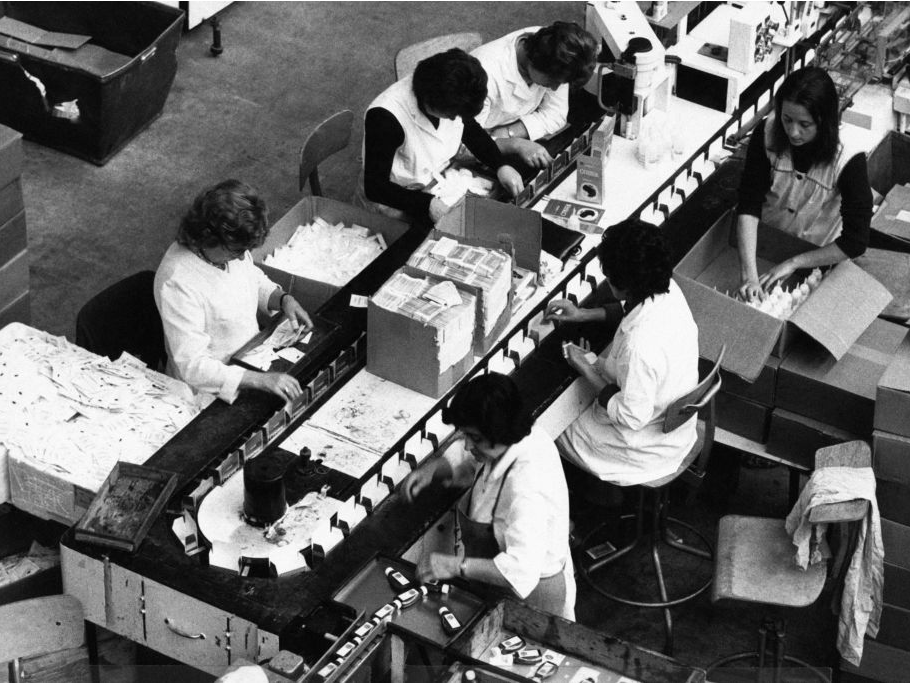- L’Oréal founder Eugène Schueller is widely reported to have been a fascist sympathizer.
- Schueller’s far-right political beliefs and wartime participation in a fascist organization are likely connected to the fact that his company flourished during Nazi Germany’s occupation of France.
- The businessman also likely bankrolled a secret campaign to overthrow France’s republican government, given his close connection to French fascist Eugène Deloncle.
The initiation would take place around a table draped with a French flag. After swearing to remain obedient and guard the secrets of the society and its leadership, the new initiates would raise their right arms and recite the oath: “Ad majorem Galliæ gloriam.” For the greater glory of France.
The participants in this ritual weren’t anonymous nobodies. Many of them were wealthy businessmen, senior military officers, or well-connected members of society.
They had power. They had money. They were fascists, or at least fascist sympathizers. Some were nationalists who had been persuaded that a communist invasion was imminent. Others sought to overthrow the republic and usher in their own authoritarian government.
To achieve their goal, these men plotted to use their considerable resources to spread fear throughout France and beyond. They bombed factories and, later, synagogues. They fostered connections with foreign dictatorships. Their stores of weapons and ammunition piled up, and so did the bodies. The secret society had no compunction about slaying political enemies and perceived traitors alike, as historians Annette Finley-Croswhite and Gayle K. Brunelle detail in the book “Murder in the Métro: Laetitia Toureaux and the Cagoule in 1930s France.”
Read more: Nazi propaganda portrayed Hitler as a 'health nut' but he was secretly addicted to opiates
The whole thing reads like a political thriller, but it's exactly what happened in France in the tumultuous years leading up to the Second World War.
The secret society called themselves the Comité Secret D'Action Révolutionnaire - or the Secret Committee of Revolutionary Action (CSAR). When their crimes spilled out into the public sphere, the press dubbed them La Cagoule, or "The Hood."
The group wouldn't have been able to carry out its string of violent acts without financial backing from a number of industrialists. One such businessman was almost certainly L'Oréal founder Eugène Schueller, a pharmacist-turned-entrepreneur who had made a fortune after inventing a new hair dye, according to the Smithsonian magazine. L'Oréal declined to comment on its founder's beliefs.
The rise of La Cagoule demonstrates the volatile, simmering nature of French politics between the two world wars. And the fact that Schueller emerged unscathed after nurturing a deadly campaign of terror is a testament to the inoculating powers of wealth and influence:
So what does does the founder of one of the world's most famous cosmetic companies have to do with all this murder and mayhem?
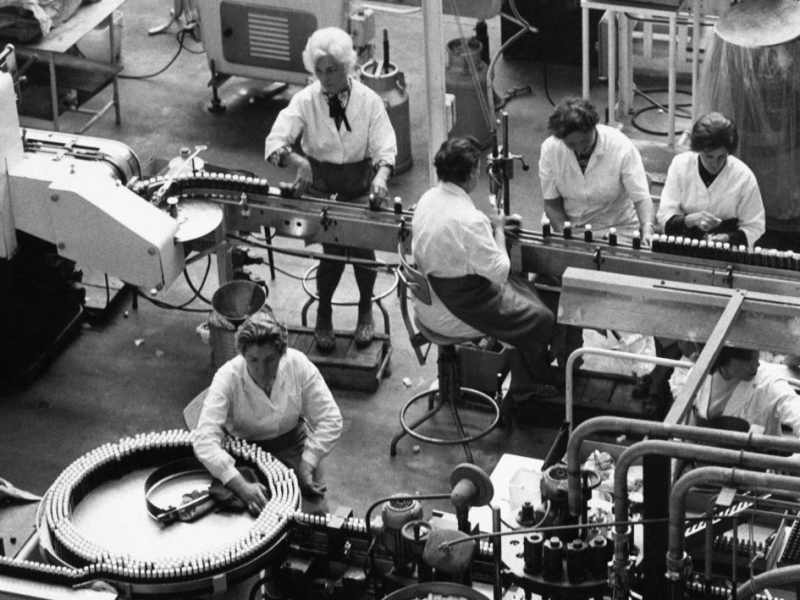
Source: Smithsonian
Schueller came from a middle-class background, the son of pastry shop owners. He went into chemistry and struck it big in 1908 when he developed a new hair dye formula, oftentimes trying the dye on his own hair.
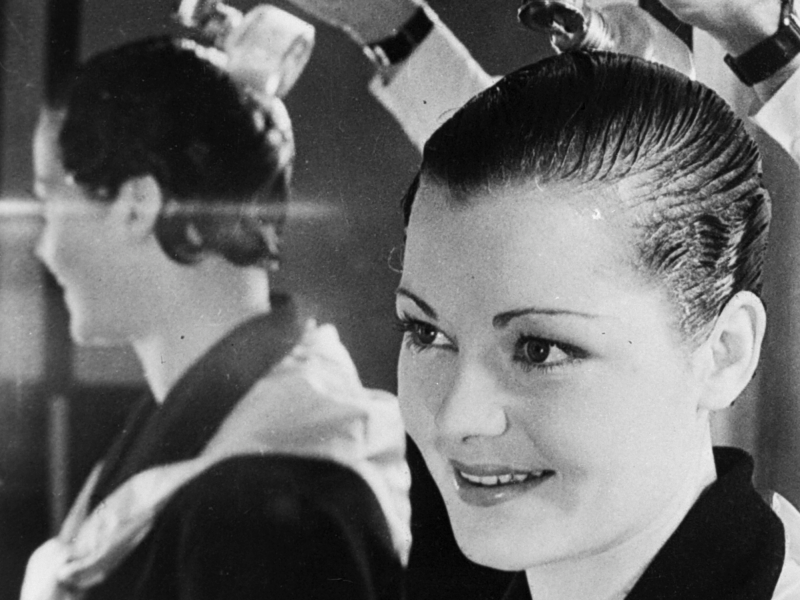
Source: "A History of the International Chemical Industry," Smithsonian
He named the new product L'Oréal, a pun on the French word for "halo." By the 1930s, Schueller was making a killing by embracing "new marketing methods," according to "A History of the International Chemical Industry."
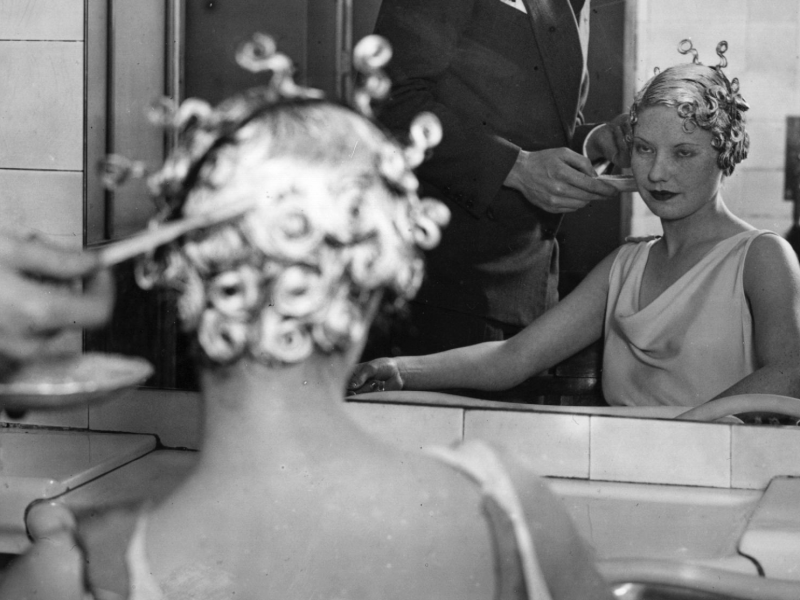
Source: Smithsonian, "A History of the International Chemical Industry"
A Smithsonian magazine profile described Schueller as ambitious and hard-working to an "obsessive" degree. Before he became drawn to fascism, he flirted with socialism and Freemasonry.
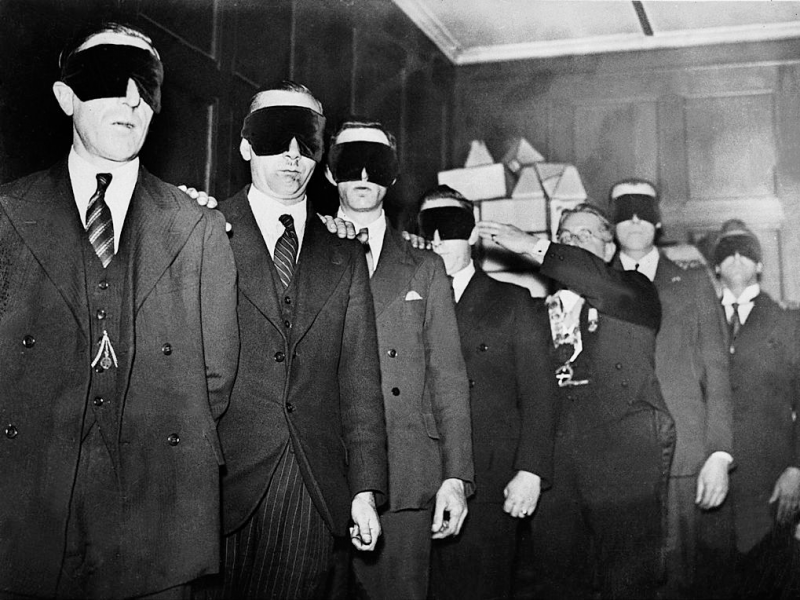
Source: Smithsonian
He came to adopt anti-republican views and also advocated paying employees a salary based on their production, rather than the number of hours they worked, a policy which he even tried out at L'Oréal.

Source: Smithsonian
Despite being a French nationalist, Schueller spoke admiringly of then up-and-coming Nazi Germany and even praised Adolf Hitler's "dynamism." He blasted the traditional French ideals of liberty, equality, and fraternity as "childish," according to Smithsonian.
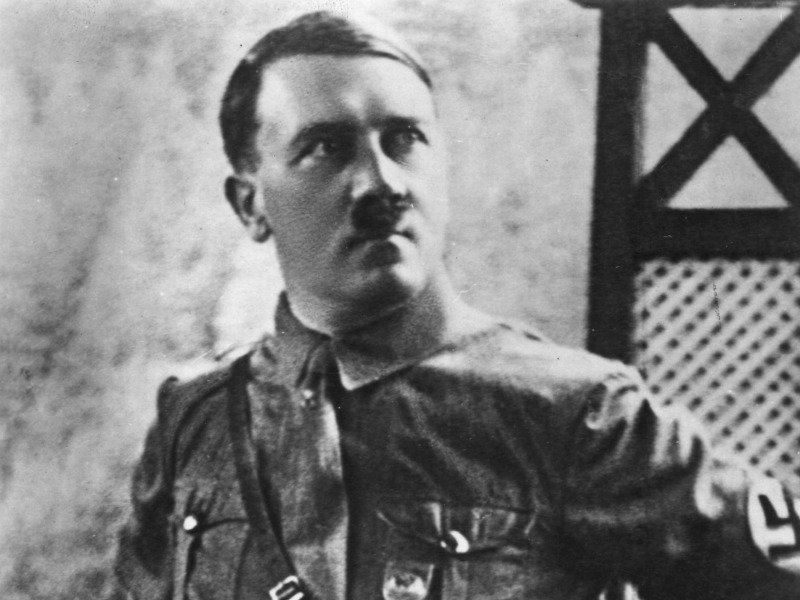
Source: Smithsonian
Schueller's views — along with his heaps of money — would've made the company founder an attractive ally for Eugene Deloncle. Deloncle was a right-wing radical who previously belonged to the conservative Action Française movement.
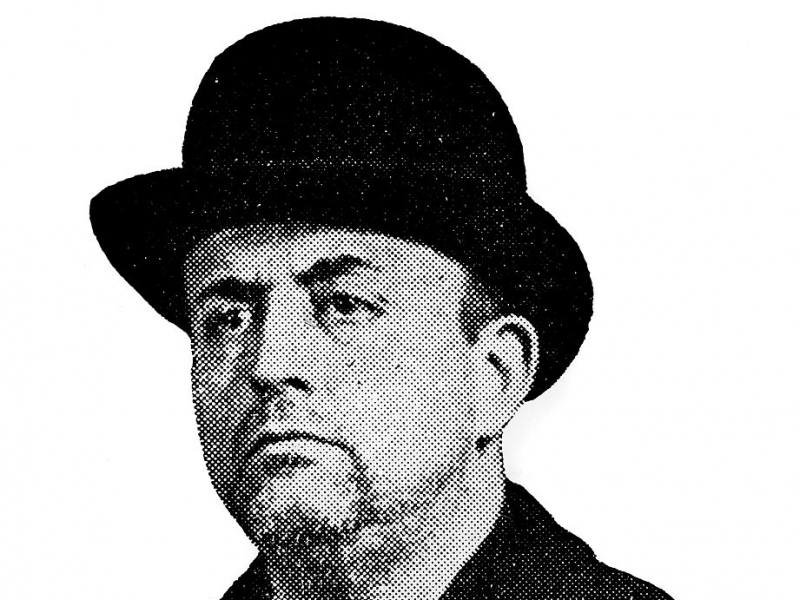
Source: "The Mammoth Book of Conspiracies," "Hitler's Stormtroopers: The SA, The Nazis' Brownshirts, 1922 - 1945," "Murder in the Métro: Laetitia Toureaux and the Cagoule in 1930s France"
Deloncle was the man who founded La Cagoule around 1935. The group organized itself like a military, with light squads of seven men and heavy squads of 12 men.
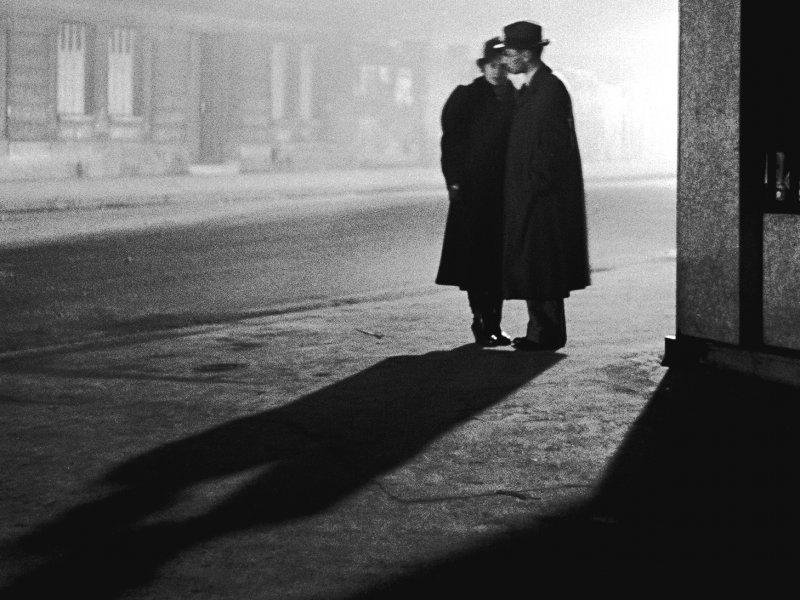
Source: "The Mammoth Book of Conspiracies," "Hitler's Stormtroopers: The SA, The Nazis' Brownshirts, 1922 - 1945," "Murder in the Métro: Laetitia Toureaux and the Cagoule in 1930s France"
Its mission was ambitious: topple the French Third Republic and set up a right-wing authoritarian state.
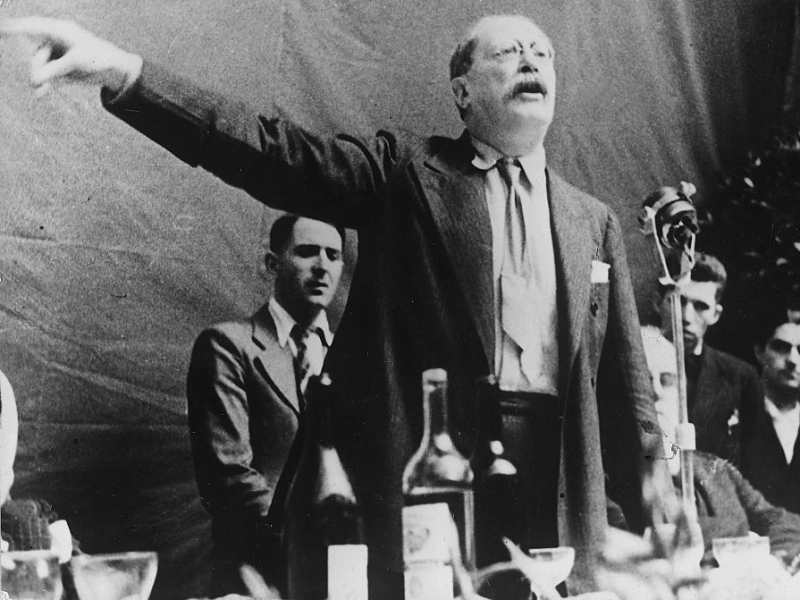
Source: "The Mammoth Book of Conspiracies," "Hitler's Stormtroopers: The SA, The Nazis' Brownshirts, 1922 - 1945," "Murder in the Métro: Laetitia Toureaux and the Cagoule in 1930s France"
La Cagoule echoed Action Française's anti-republicanism and added a fascist twist. Deloncle and his followers pitted themselves against France's left-wing Popular Front, which was led by socialist prime minister Léon Blum.
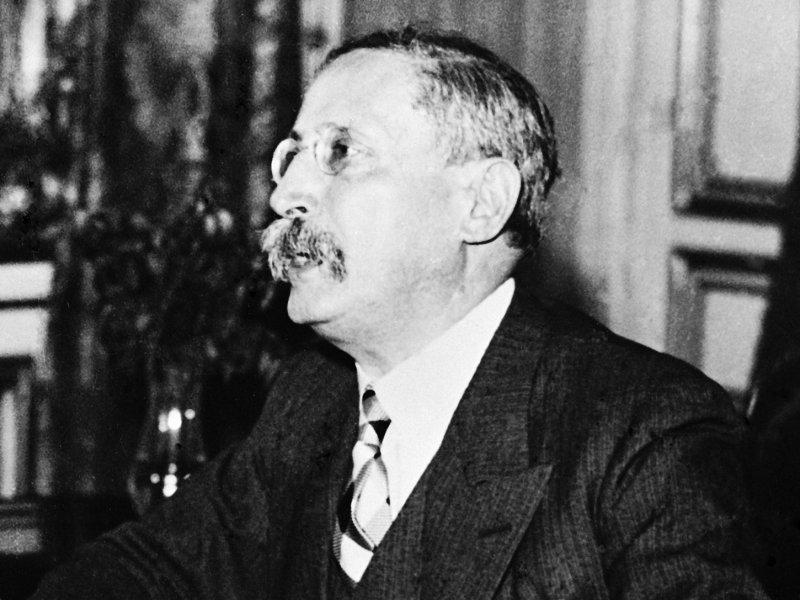
Source: "The Mammoth Book of Conspiracies," "Hitler's Stormtroopers: The SA, The Nazis' Brownshirts, 1922 - 1945," "Murder in the Métro: Laetitia Toureaux and the Cagoule in 1930s France"
According to the Smithsonian, Deloncle befriended Schueller and recruited him to join the group. Schueller reportedly donated funds to the cause and hosted meetings in L'Oréal's headquarters.
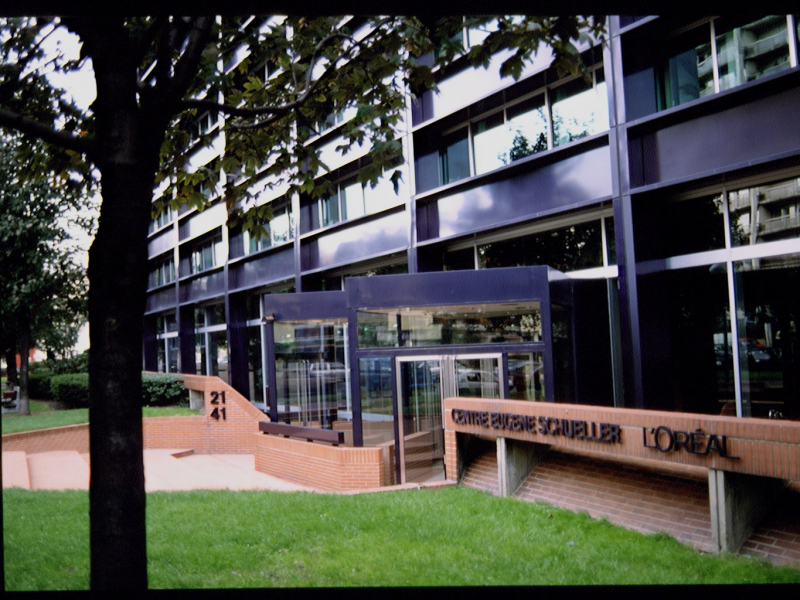
Source: Smithsonian
There's no smoking gun when it comes to Schueller's direct involvement with the pre-war iteration of La Cagoule, but historians like Brunelle and Finley-Croswhite agree that it's highly likely that he supported the pre-war society.
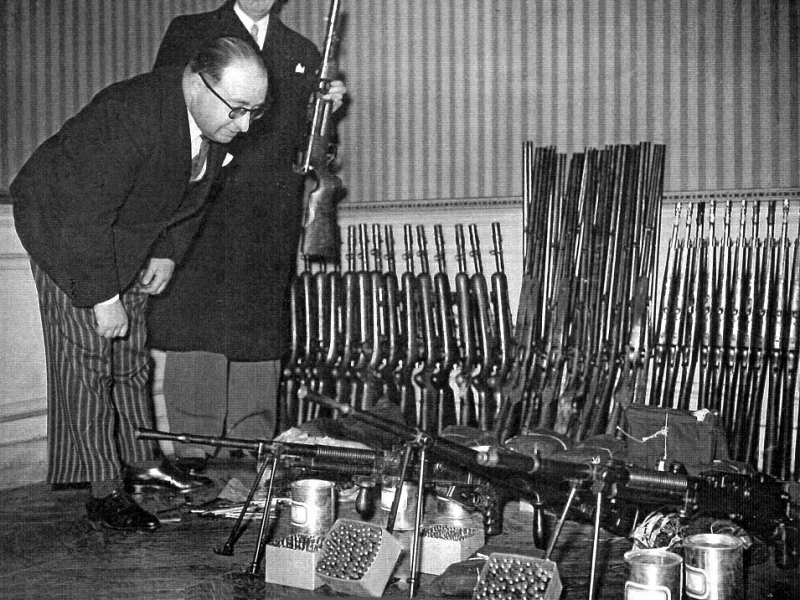
Source: "Murder in the Métro: Laetitia Toureaux and the Cagoule in 1930s France"
Schueller's writings certainly indicate that he shared many of the group's nationalistic, anti-Semitic, and anti-communist sentiments. Some members of La Cagoule were primarily motivated to abolish democracy in France, while others were spurred on by their desire to prevent the communist coup that the group claimed was on the horizon.
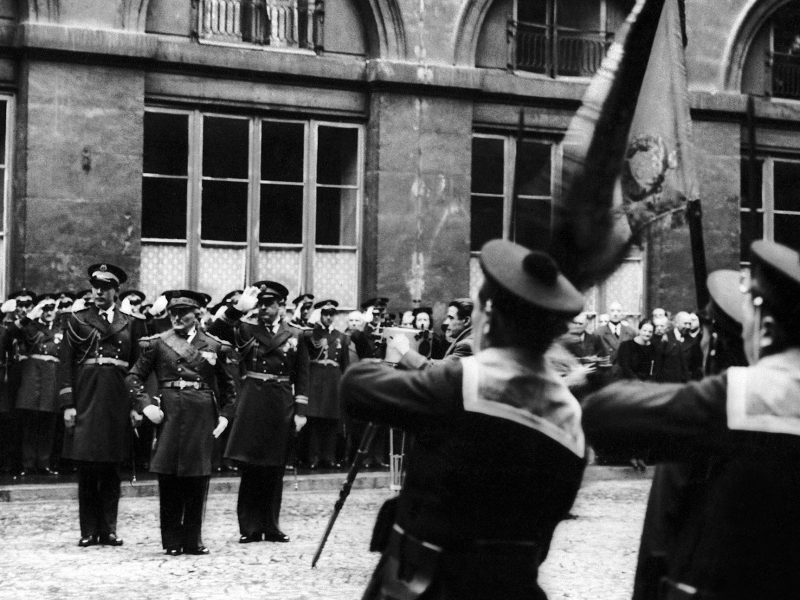
Source: "The Mammoth Book of Conspiracies," "Hitler's Stormtroopers: The SA, The Nazis' Brownshirts, 1922 - 1945," "Murder in the Métro: Laetitia Toureaux and the Cagoule in 1930s France"
Finley-Croswhite and Brunelle write that La Cagoule formed in a time of "rising unemployment, massive labor unrest and general post-World War I malaise."
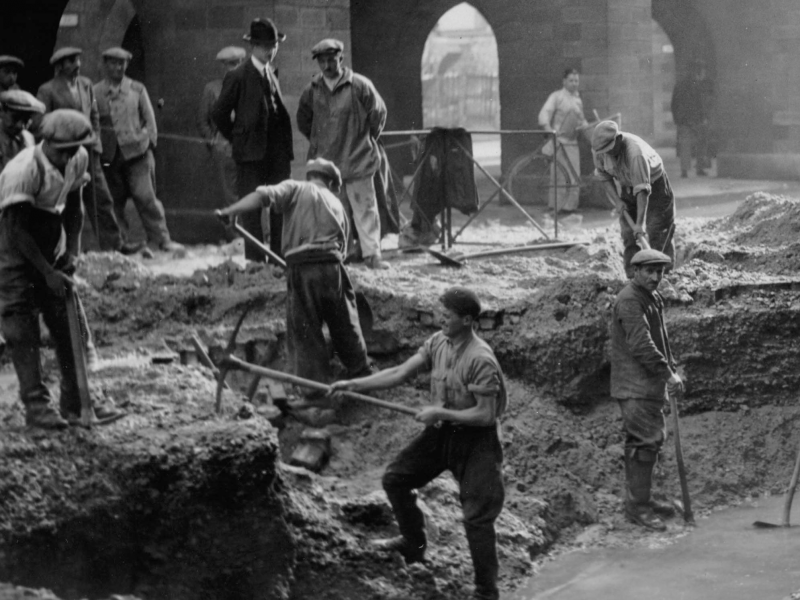
Source: The Wayback Machine, "Murder in the Métro: Laetitia Toureaux and the Cagoule in 1930s France"
It's unknown exactly how many people joined La Cagoule. Estimates about the number of members — or "Cagoulards" — have ranged from 200 to the thousands.
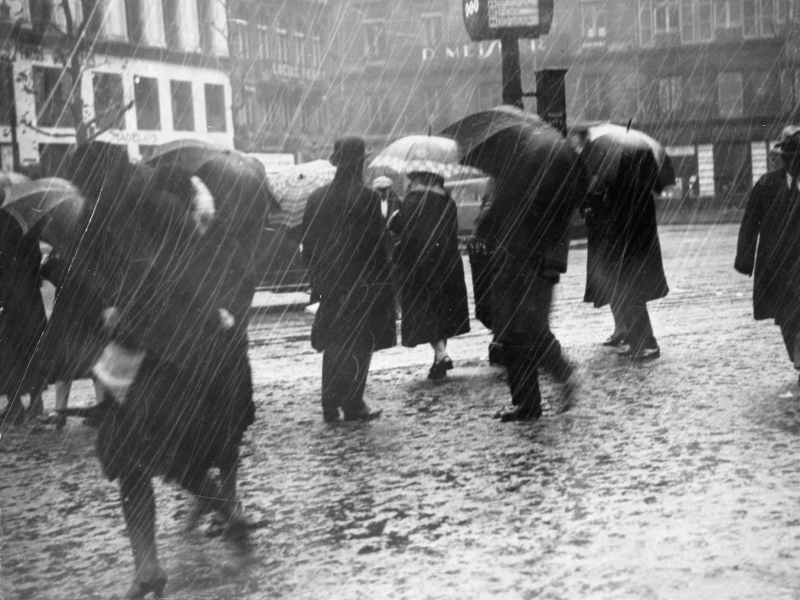
Source: "The Mammoth Book of Conspiracies," "Hitler's Stormtroopers: The SA, The Nazis' Brownshirts, 1922 - 1945"
Despite the society's name and covert nature, historian Jean-Denis LePage wrote that members probably only wore Ku Klux Klan-esque hoods occasionally. The group was still highly secretive, however. Blabbing and treachery were said to be punishable by death.
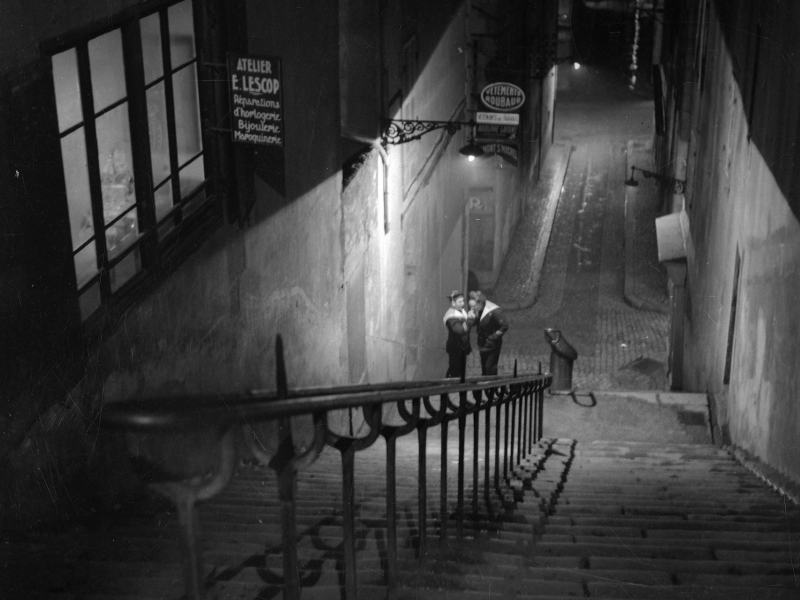
Source: "Hitler's Stormtroopers: The SA, The Nazis' Brownshirts, 1922 - 1945," "For Europe: The French Volunteers of the Waffen-SS"
LePage wrote that new initiates were warned: "If you ever reveal our secrets, we'll shoot you."
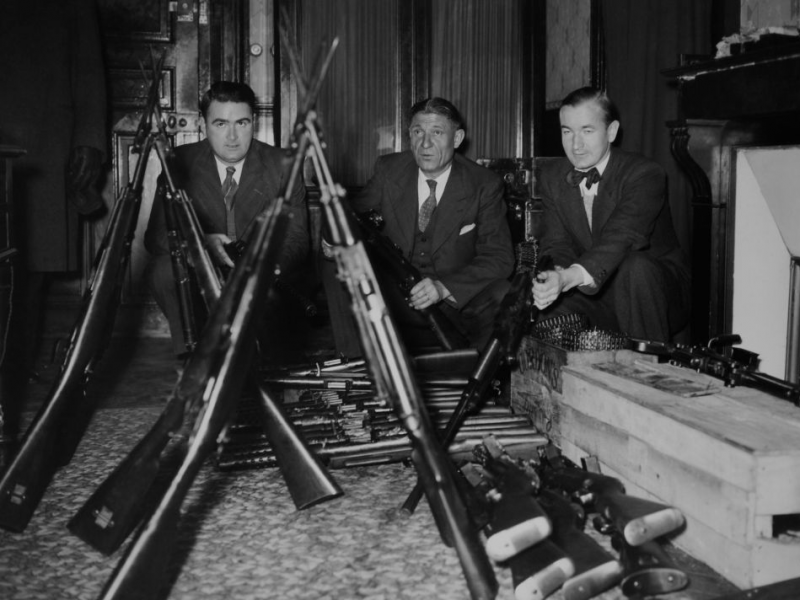
Source: "Hitler's Stormtroopers: The SA, The Nazis' Brownshirts, 1922 - 1945"
La Cagoule murdered affiliates, like gunrunner Maurice Juif, for "not playing fair" in his sales, according to historian Robert Forbes.
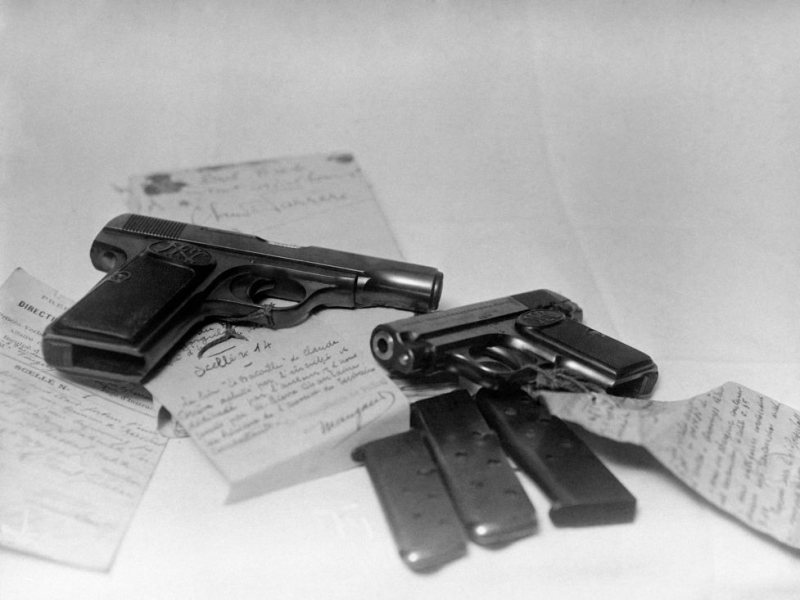
Source: "Murder in the Métro: Laetitia Toureaux and the Cagoule in 1930s France," "For Europe: The French Volunteers of the Waffen-SS"
But the society didn't limit its violence to insiders. La Cagoule has been linked to a series of murders in France and abroad.
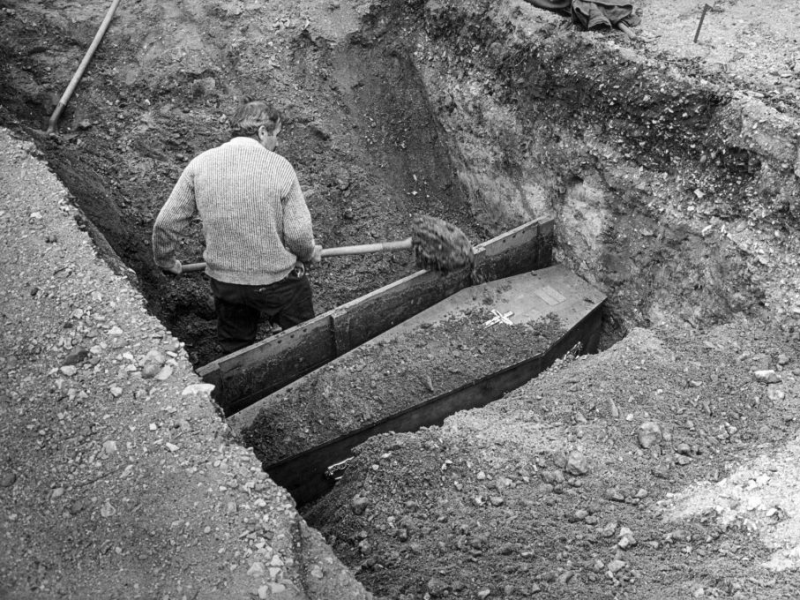
Source: "Murder in the Métro: Laetitia Toureaux and the Cagoule in 1930s France"
The group may have murdered Russian economist Dimitri Navachine, who was stabbed to death while walking his dog in Paris' Bois de Boulogne on January 26, 1937.
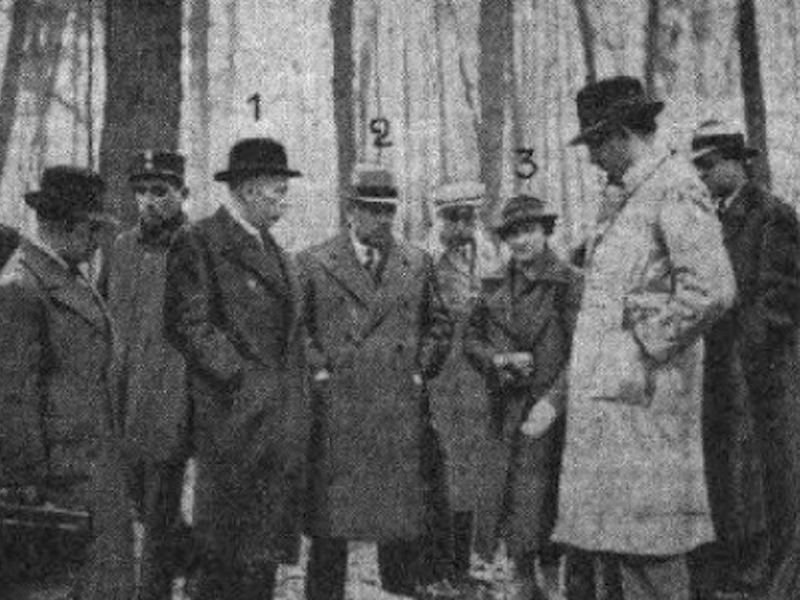
Source: "Murder in the Métro: Laetitia Toureaux and the Cagoule in 1930s France"
The Soviet Union's NKVD might have been the culprit behind the murder, but the fact that Navachine worked with the Popular Front government would have certainly made him an attractive target to La Cagoule.
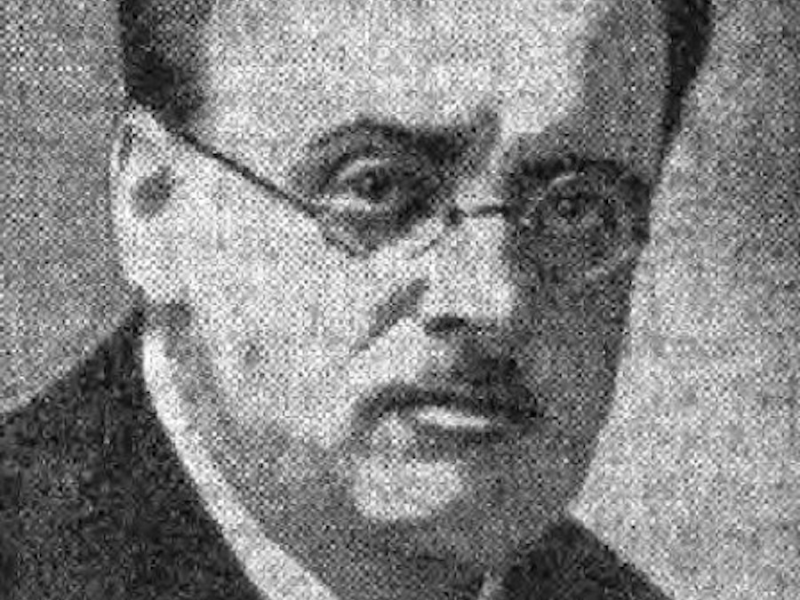
Source: "Murder in the Métro: Laetitia Toureaux and the Cagoule in 1930s France"
In exchange for 100 Beretta rifles from Benito Mussolini's regime, the group also targeted Italian socialists Carlo and Nello Rosselli, who were living as refugees in France.
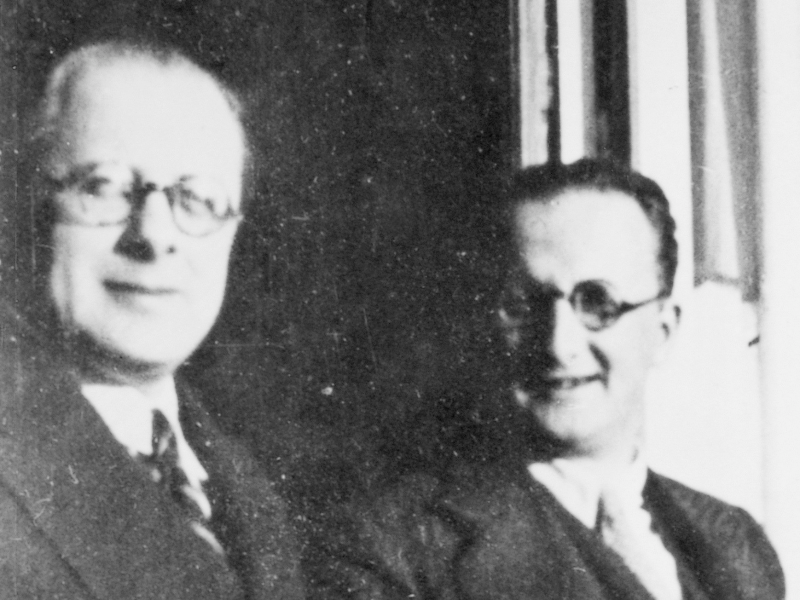
Source: Libcom.org
In 1937, Cagoulards got the brothers to pull over by posing as stranded motorists in Bagnoles-de-l'Orne. Carlo was stabbed to death. Nello fought back, and was knifed and shot.
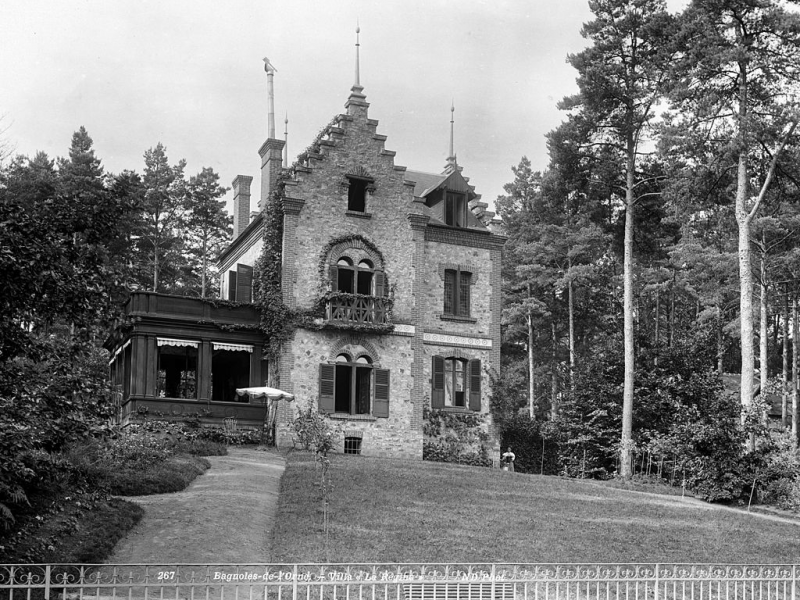
Source: Libcom.org
Cagoulards were also likely behind an infamous locked-room mystery in Paris. On the evening of May 16, 1937, Laetitia Toureaux entered a first-class metro car.
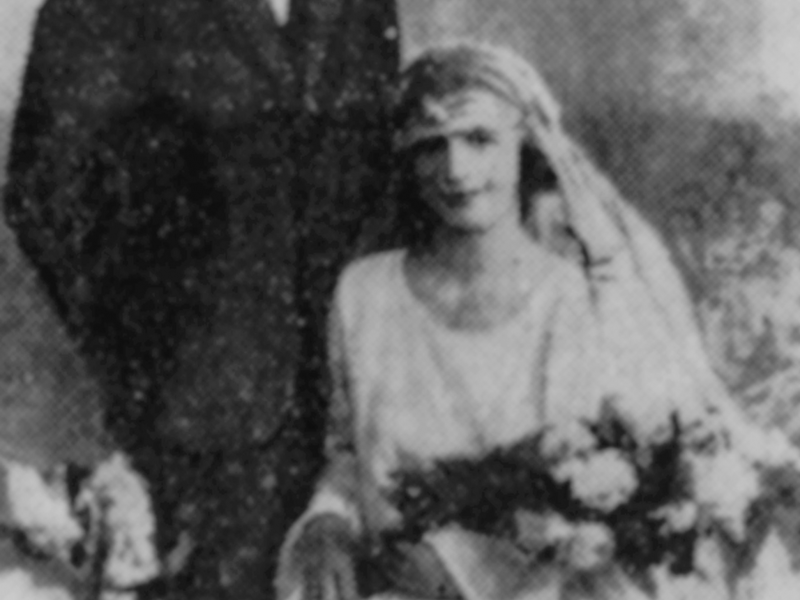
Source: The Wayback Machine, "Murder in the Métro: Laetitia Toureaux and the Cagoule in 1930s France"
Witnesses say she was the only person who got into the otherwise empty car. When the train pulled to the next station, however, passengers entered the car to find that she was dead, with a knife still stuck in her neck.
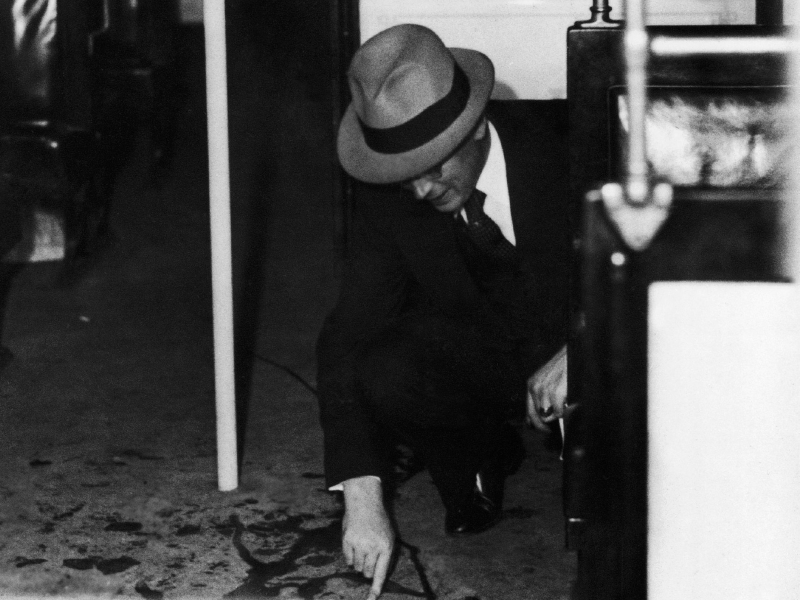
Source: "Murder in the Métro: Laetitia Toureaux and the Cagoule in 1930s France"
La Cagoule is widely believed to have been behind her murder, given that Toureaux had spied on the group for the police.
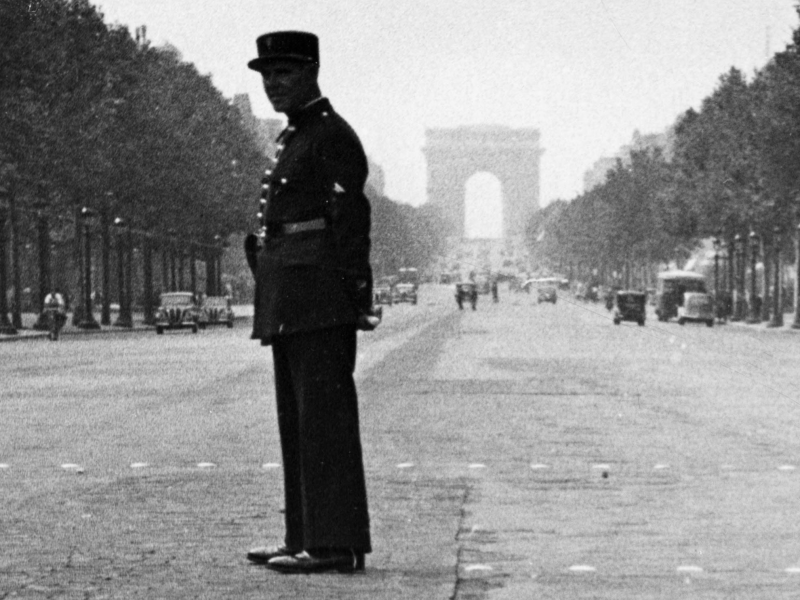
Source: "Murder in the Métro: Laetitia Toureaux and the Cagoule in 1930s France"
La Cagoule even targeted Blum for assassination, as did other radical right-wing groups.
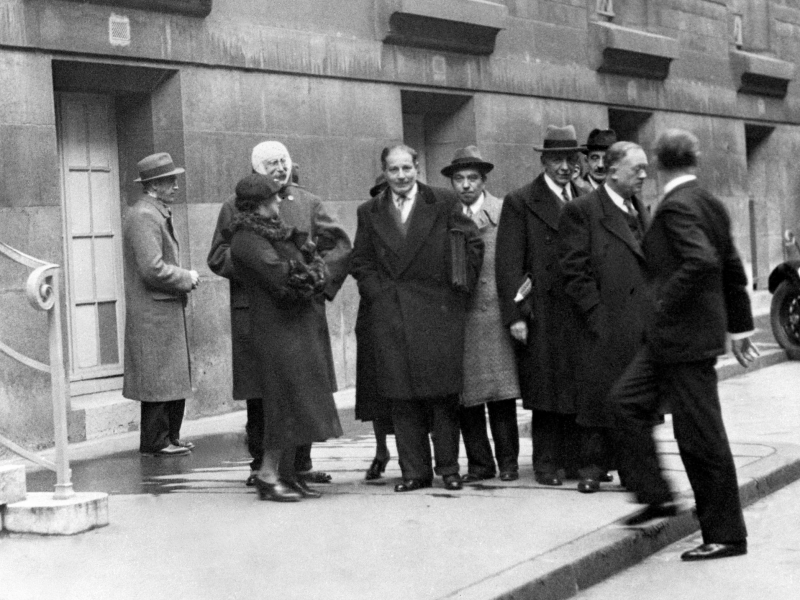
Source: "Bad Faith: A Forgotten History of Family, Fatherland and Vichy France," "French Intellectuals and Politics from the Dreyfus Affair to the Occupation"
La Cagoule coordinated with foreign dictatorships, including the regimes of Mussolini in Italy and Francisco Franco in Spain.
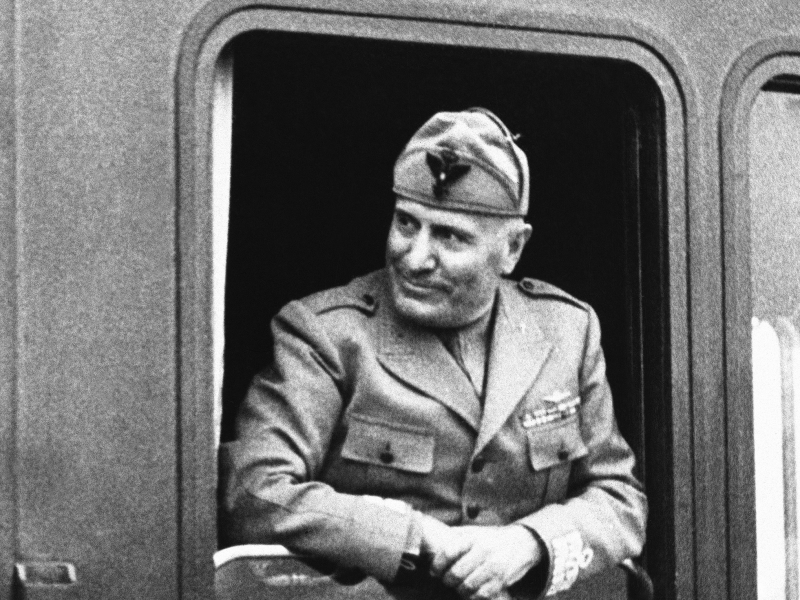
Historian Sean Kennedy wrote that the group even managed to blow up "two airplanes intended for the Spanish Republicans" at an airport.
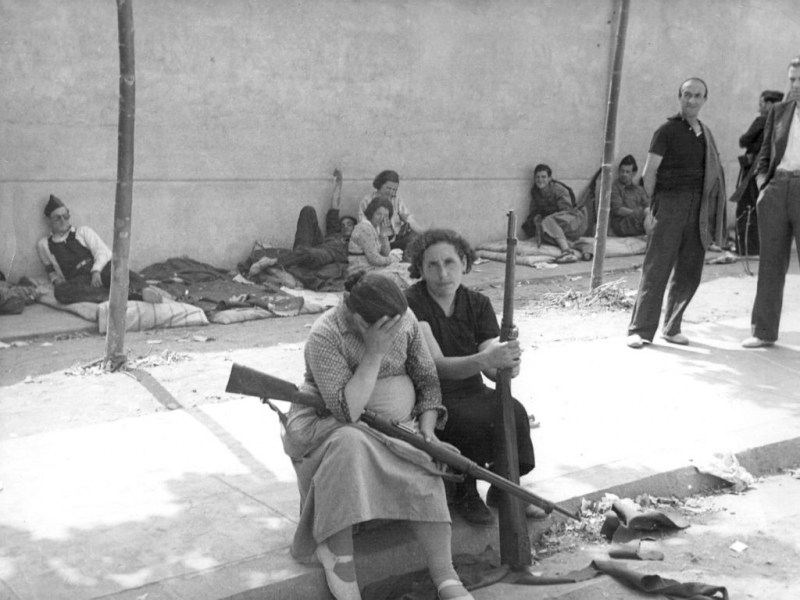
In an attempt to frame their communist enemies, La Cagoule also bombed two Parisian businesses. The explosions killed a pair of guards.
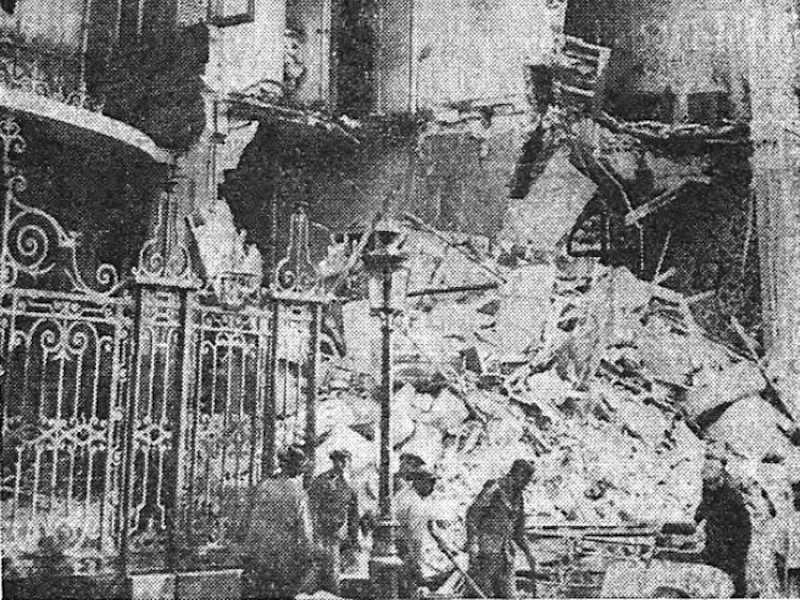
Historians Richard Bessel and Clive Emsley write that Cagoulards may have been responsible for firing the first shots that sparked off the Clichy massacre, which led to five deaths in 1937.
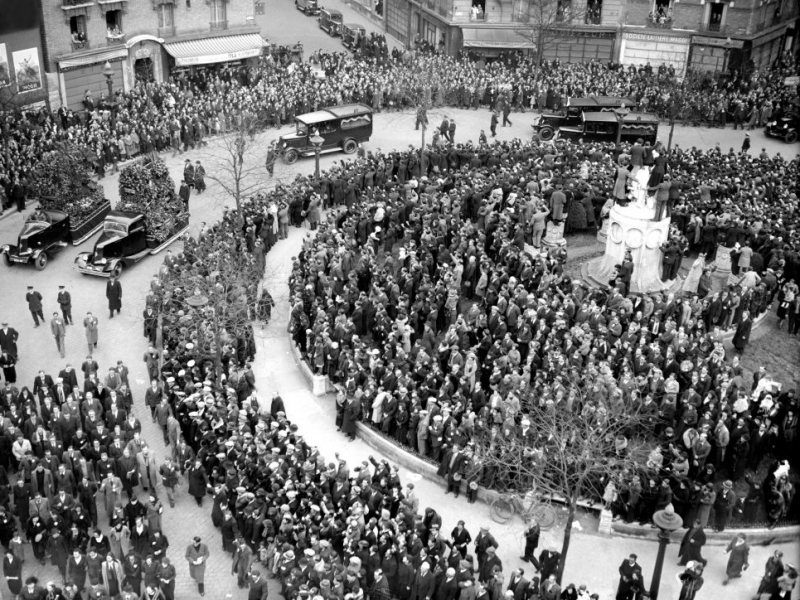
Source: "Patterns of Provocation: Police and Public Disorder"
The conspirators actually brought about the largest loss of life after the movement was quashed. On January 27, 1938, 14 people were killed when a La Cagoule cache of 3,000 hand grenades exploded in Paris.
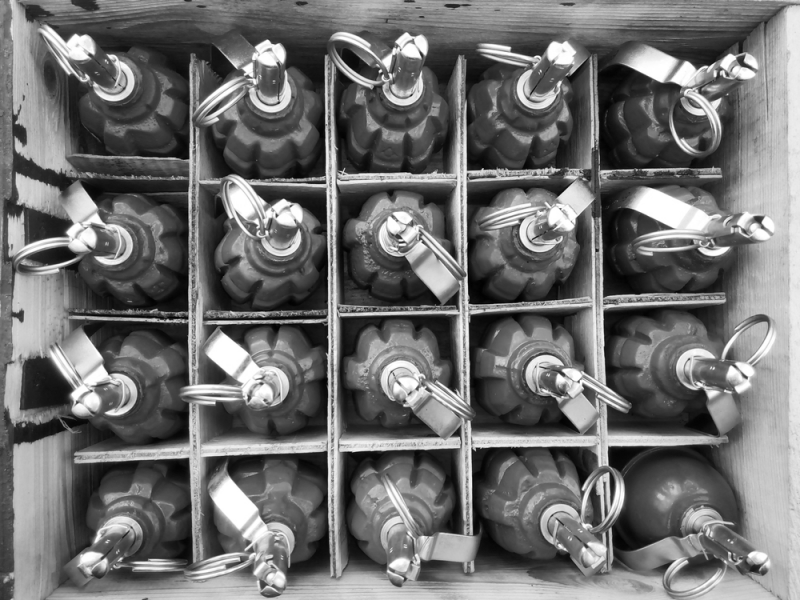
Source: The New York Times, Newspapers.com
The police had been in the process of moving the grenades, and the blast was so powerful that the New York Times reported that "the windows of houses nearly a mile around were shattered."
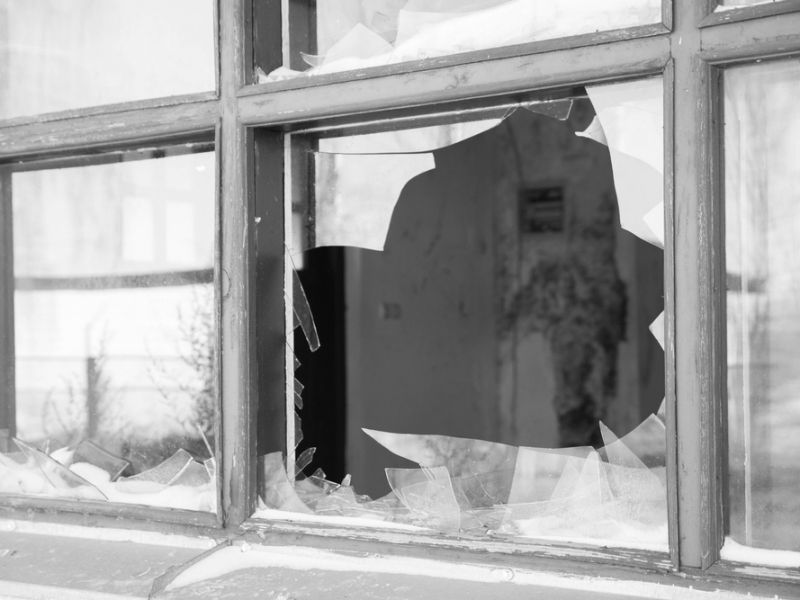
Source: The New York Times, Newspapers.com
Part of what allowed the society to spring up in the first place was the financial support of wealthy me. Finley-Croswhite and Brunelle write that the group's leadership also included "former army and naval officers, engineers, doctors and industrialists."
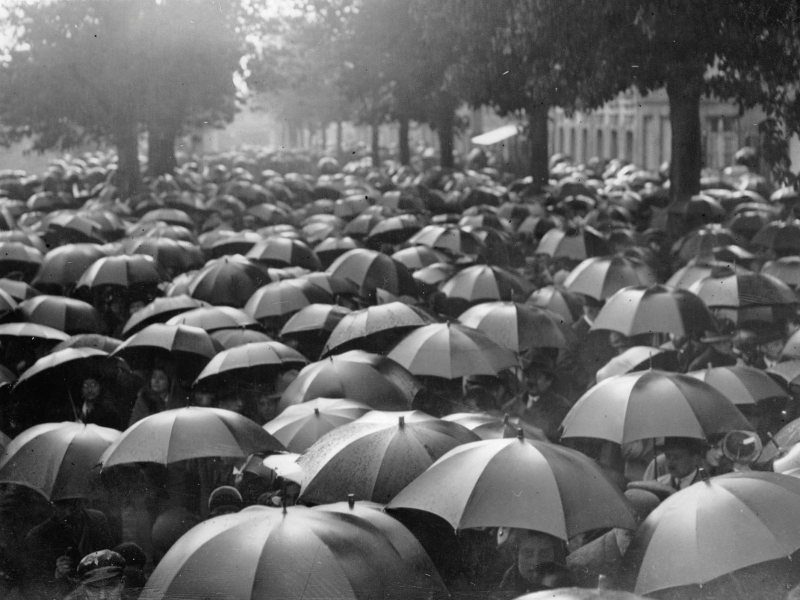
Source: The Wayback Machine, "Murder in the Métro: Laetitia Toureaux and the Cagoule in 1930s France"
The movement attracted sons of "the most distinguished families in France" and the heads of Michelin and Lesieur Oil, too. Schueller himself was never directly linked to any of the group's violent campaigns.
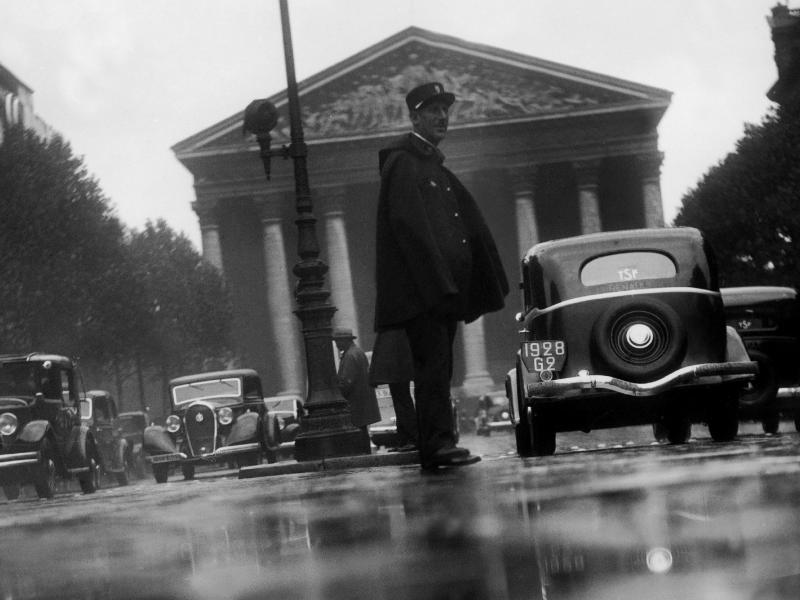
Source: The Wayback Machine, "Murder in the Métro: Laetitia Toureaux and the Cagoule in 1930s France"
But whether or not Schueller was heavily involved with La Cagoule, he didn't have much time to back the group. Their initial reign of terror was short-lived. Thanks to the efforts of informants like Toureaux, the police had infiltrated the society. On November 15, 1937, the authorities pounced.
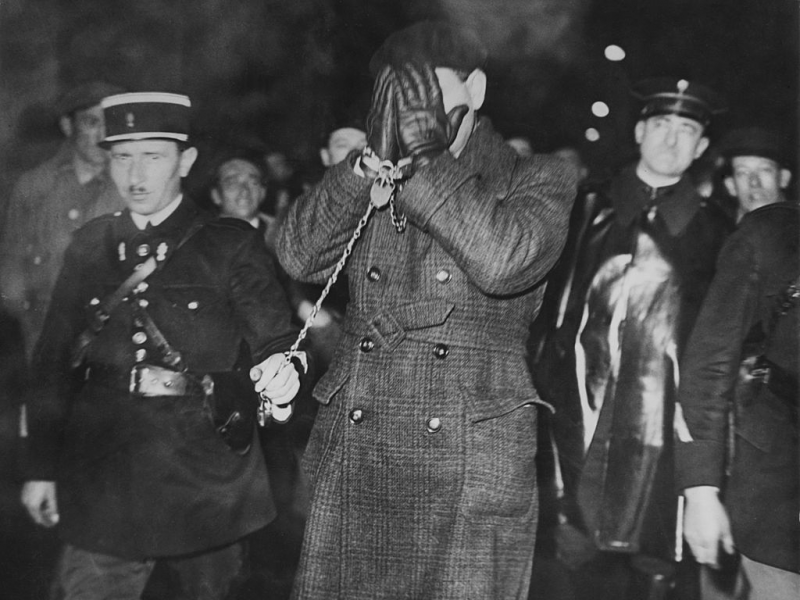
Source: The Wayback Machine, "Murder in the Métro: Laetitia Toureaux and the Cagoule in 1930s France"
A total of 71 Cagoulards were arrested. Marx Dormoy, Blum's minister of the interior, was largely responsible for the operation that led to the exposure and dismantling of the secret society.
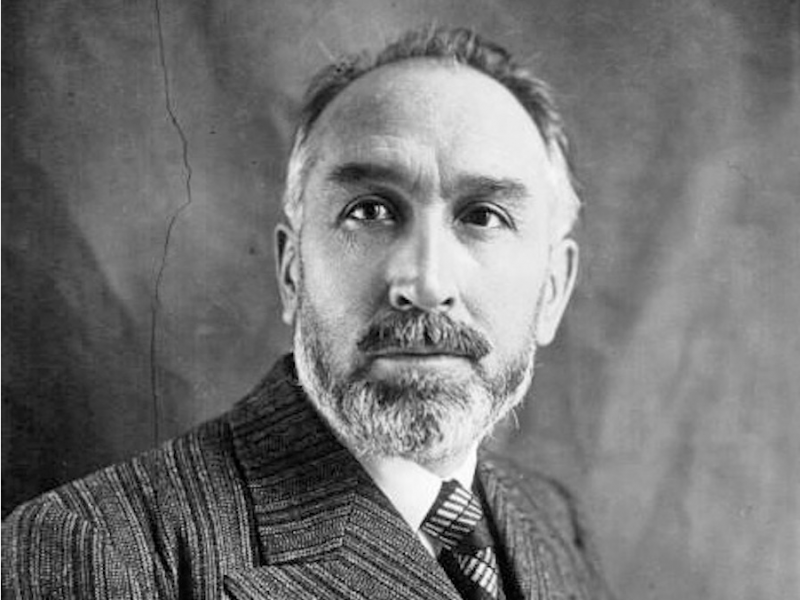
Source: "French Intellectuals and Politics from the Dreyfus Affair to the Occupation"
Police inspectors found that the secret society had amassed an arsenal of 500 machine guns and anti-tank guns and two tons of explosives before they were broken up.
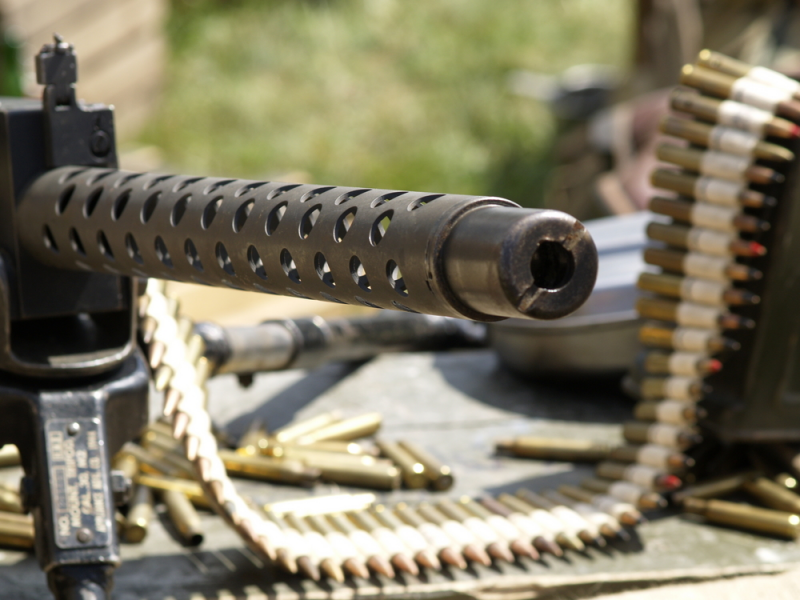
Source: "The Mammoth Book of Conspiracies"
Schueller was not one of the men arrested. Still, the exposure of the high-profile plot sparked much media coverage and public fascination. But France hadn't seen the last of the Cagoulards.
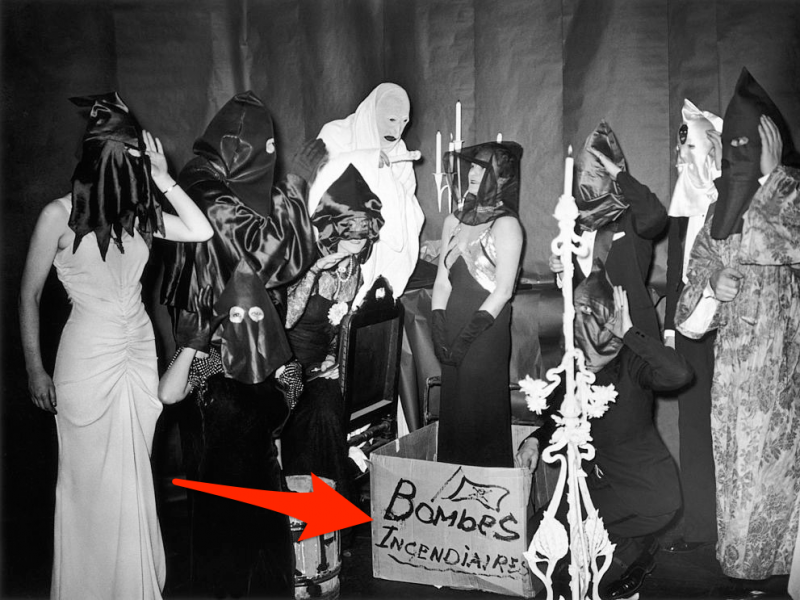
Source: "The Mammoth Book of Conspiracies"
Most of the plotters were given their freedom in exchange for military service when France went to war with Germany.
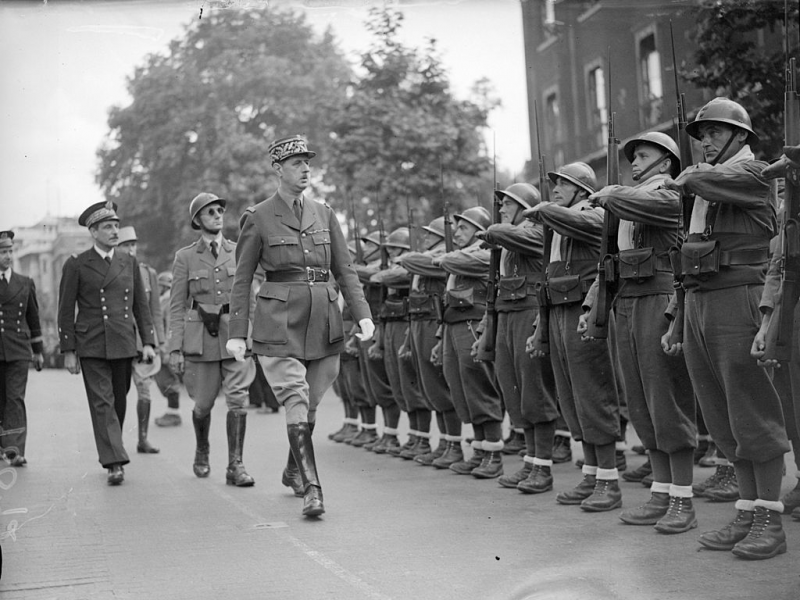
Source: "The Extreme Right in the French Resistance"
The year 1940 brought about the opportunity for some La Cagoule members to take their revenge, when Nazi Germany occupied the northern and western part of France.
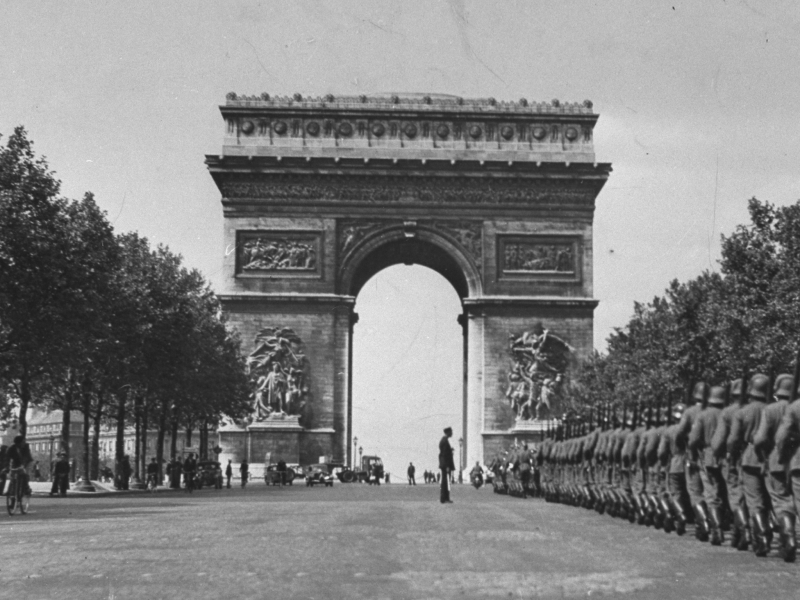
Source: "The Extreme Right in the French Resistance"
The southern and eastern half of the country was reorganized as the collaborationist Vichy regime.
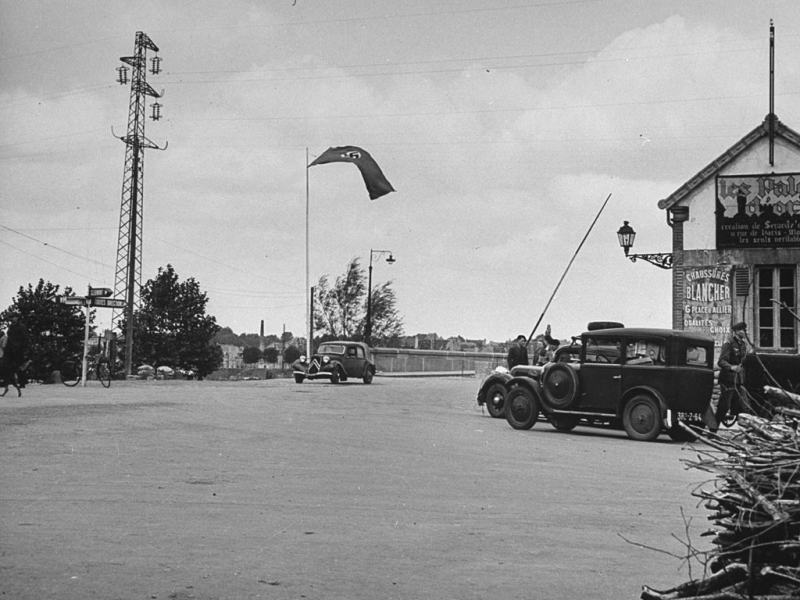
Source: "The Extreme Right in the French Resistance"
Just like France, the former Cagoulards also split after their country's crushing defeat at the hands of the Nazis.
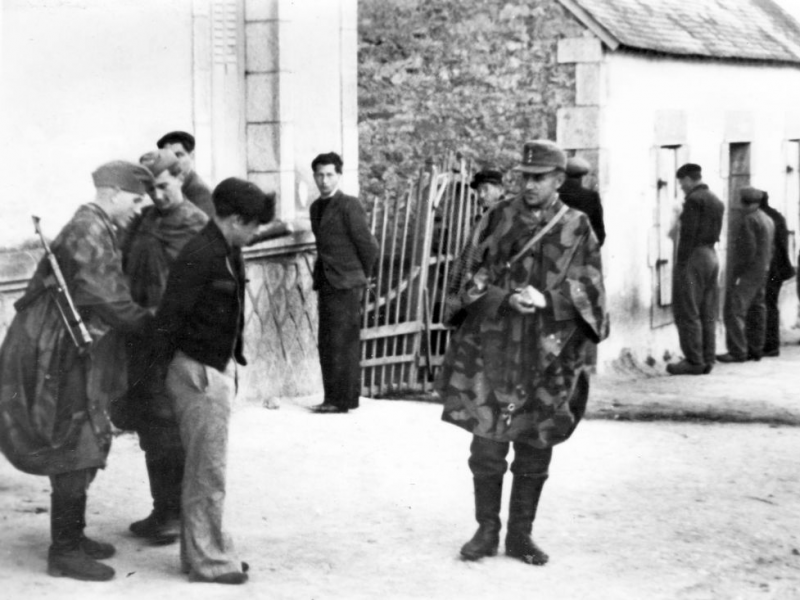
Source: "The Mammoth Book of Conspiracies," "Hitler's Stormtroopers: The SA, The Nazis' Brownshirts, 1922 - 1945," "Murder in the Métro: Laetitia Toureaux and the Cagoule in 1930s France," "Pitfalls of Paramilitarism: The Croix de Feu, the Parti Social Français, and the French State, 1934-39"
Some joined with the French Resistance ...
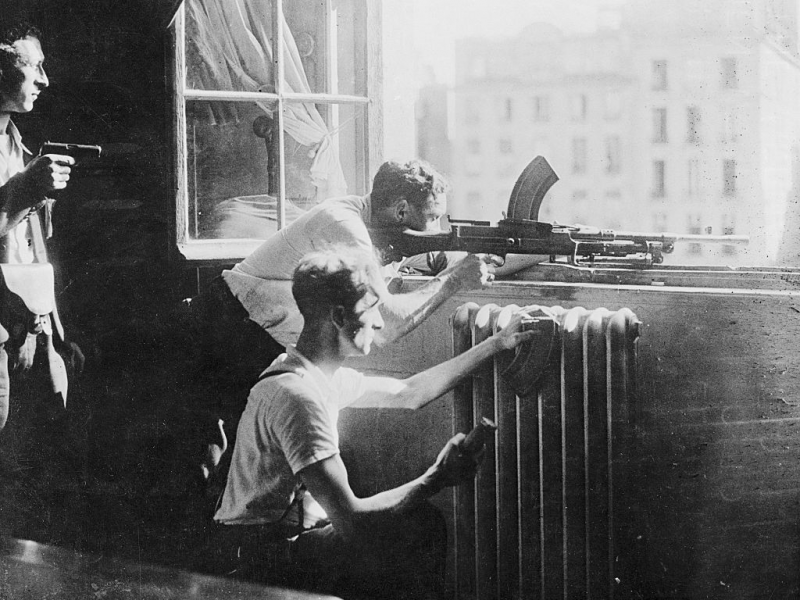
Source: "The Mammoth Book of Conspiracies," "Hitler's Stormtroopers: The SA, The Nazis' Brownshirts, 1922 - 1945," "Murder in the Métro: Laetitia Toureaux and the Cagoule in 1930s France," "Pitfalls of Paramilitarism: The Croix de Feu, the Parti Social Français, and the French State, 1934-39"
... while others began collaborating with Vichy France and the Nazis.
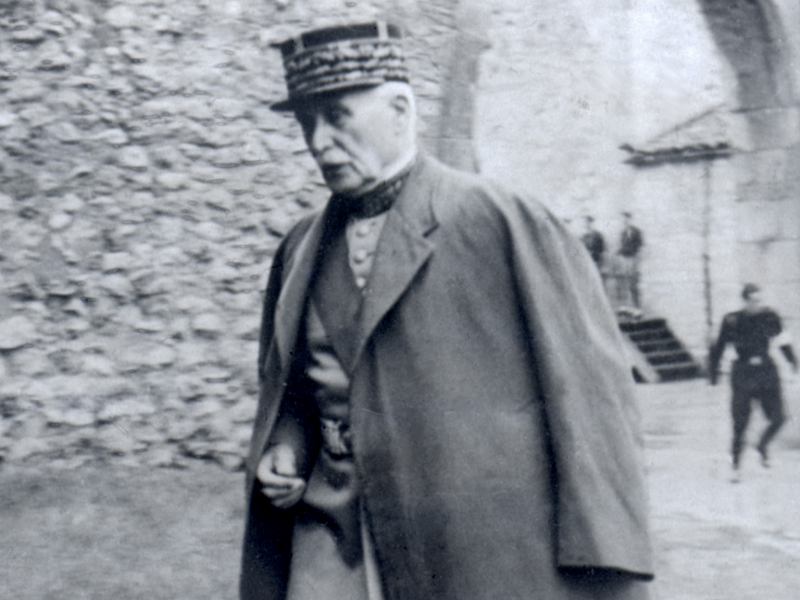
Source: "The Mammoth Book of Conspiracies," "Hitler's Stormtroopers: The SA, The Nazis' Brownshirts, 1922 - 1945," "Murder in the Métro: Laetitia Toureaux and the Cagoule in 1930s France," "Pitfalls of Paramilitarism: The Croix de Feu, the Parti Social Français, and the French State, 1934-39"
Despite his professed nationalistic views, Schueller fostered connections with the Nazi invaders. Historian Ruth Brandon wrote that the businessman's welcoming attitude toward the Germans was likely "prompted by a mix of practical necessity, economic evangelism, and political ambition."
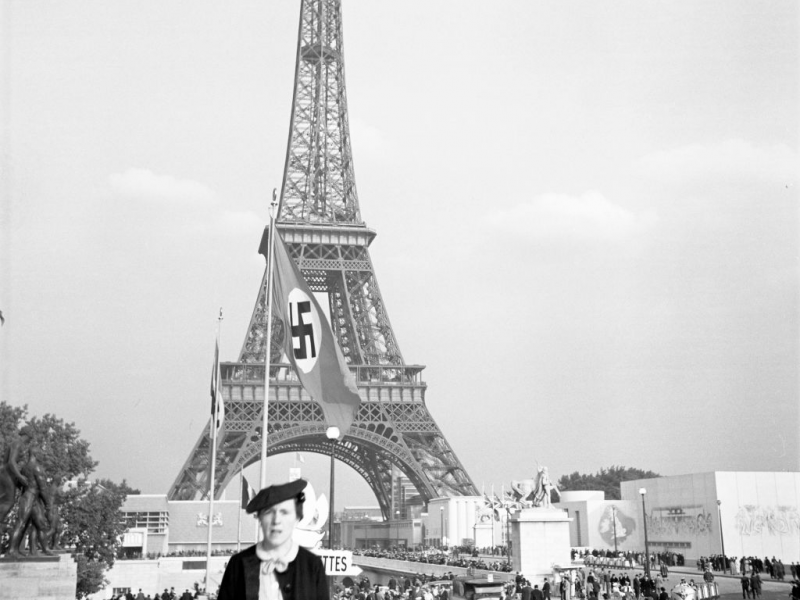
Source: "Ugly Beauty: Helena Rubinstein, L'Oreal and the Blemished History of Looking Good"
Schueller was even listed as a voluntary agent of Helmut Knochen, an SS commander who deported French Jews to Nazi death camps and ordered the execution of thousands of French Resistance fighters and non-combatant hostages, according to the Smithsonian.
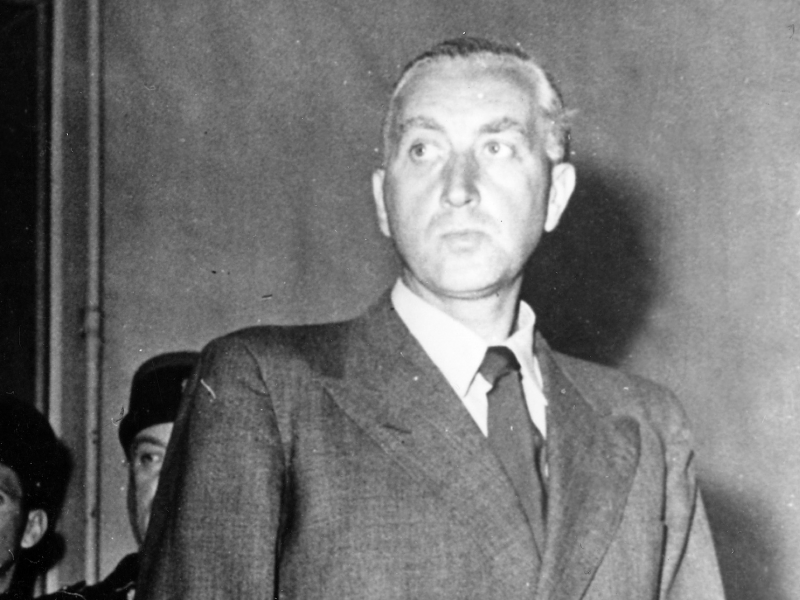
Source: "Ugly Beauty: Helena Rubinstein, L'Oreal and the Blemished History of Looking Good," Smithsonian
Deloncle also fell in with the new regime. In 1940, he assembled to form the Mouvement Social Révolutionnaire, or MSR. The new group represented a "reincarnation" of CSAR, according to Brunelle and Finley-Croswhite, and even "reprised many of the same terrorist tactics they had employed in the interwar period."
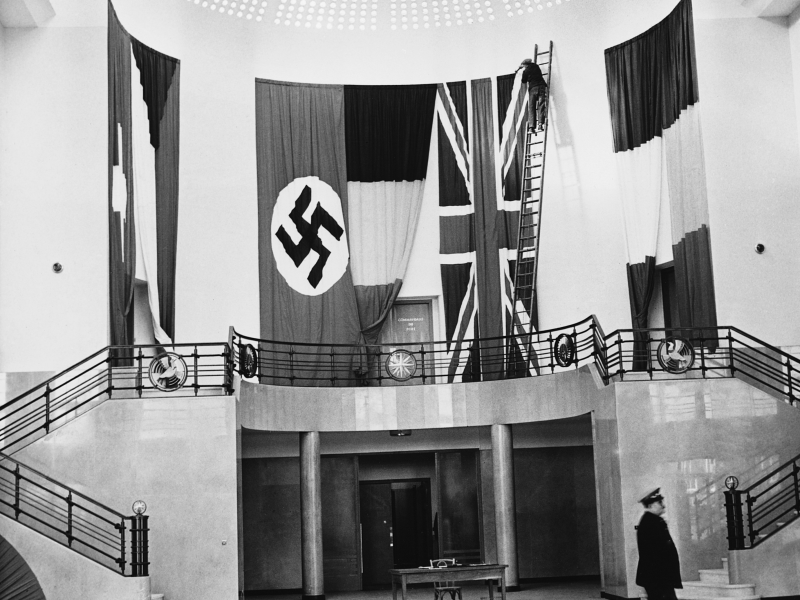
Source: "Lighting the Fuse: Terrorism as Violent Political Discourse in Interwar France"
Under the new regime, MSR was able to operate more freely than La Cagoule ever was. And Schueller participated too, serving as the group's president and leader of technical commissions and research commissions.
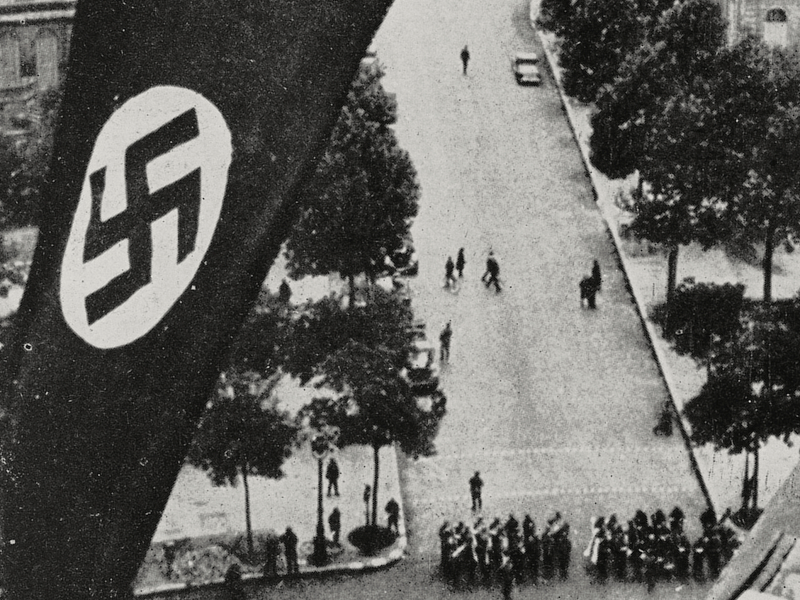
Source: "French Connections: Networks of Influence"
The group bombed synagogues and worked with the SS. They are also believed to be behind the 1941 assassination of Dormoy, the man who broke up La Cagoule in the first place. While in police custody, the former interior minister was killed by a bomb.
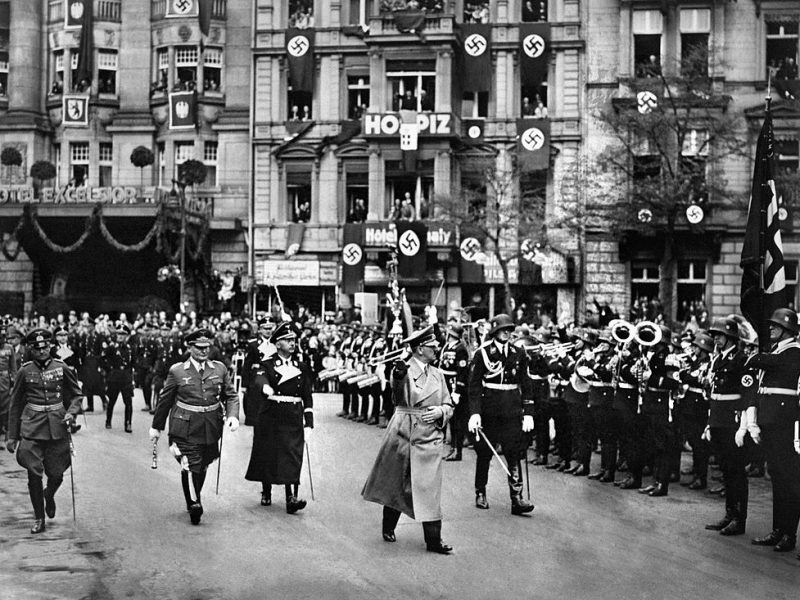
Source: New York Times
Schueller was never directly tied to any of the wartime group's violent activities. But Smithsonian magazine reported that his business flourished under the fascist state.
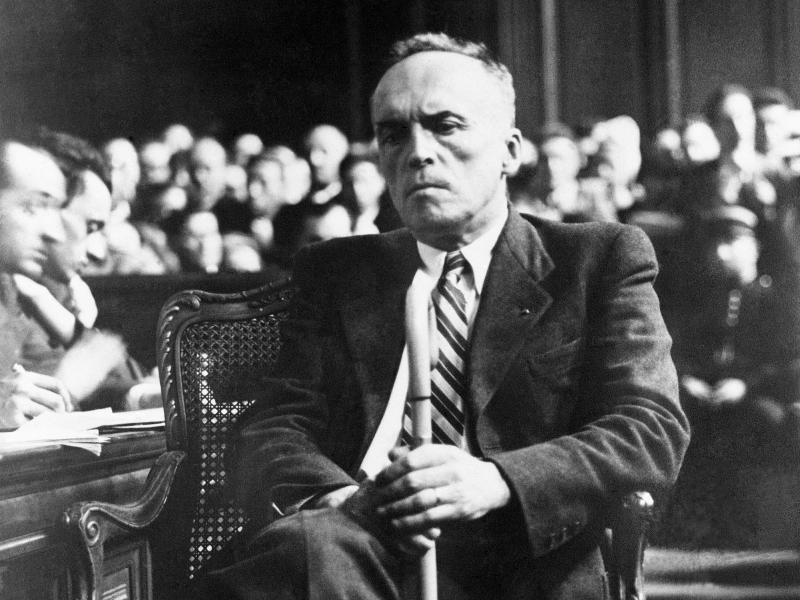
After the war, Schueller was investigated for collaboration. However, the businessman faced no serious consequences, aside from the occasional controversy in the press for his actions during the war.
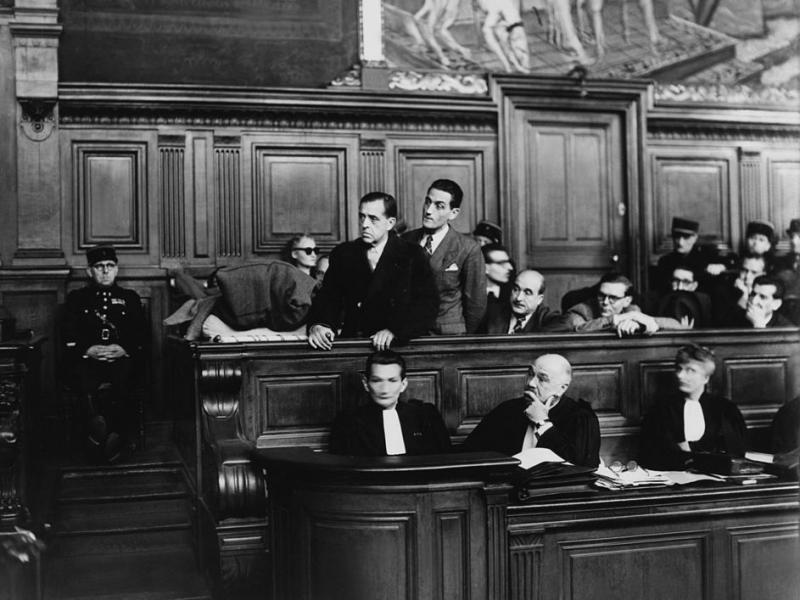
Source: "Vichy: An Ever-Present Past," Smithsonian
The Smithsonian reported that, in the initial post-war investigation into Schueller's actions, he defended his actions by claiming to have sheltered Jewish L'Oréal employees. In the decades after the war, the businessman continued to run L'Oréal, along with a number of other executives, like Jacques Correze and Deloncle's son Louis, who were also linked to fascism.

Source: "Vichy: An Ever-Present Past," Smithsonian
Got a wild, retail-related story from history? Email [email protected].

